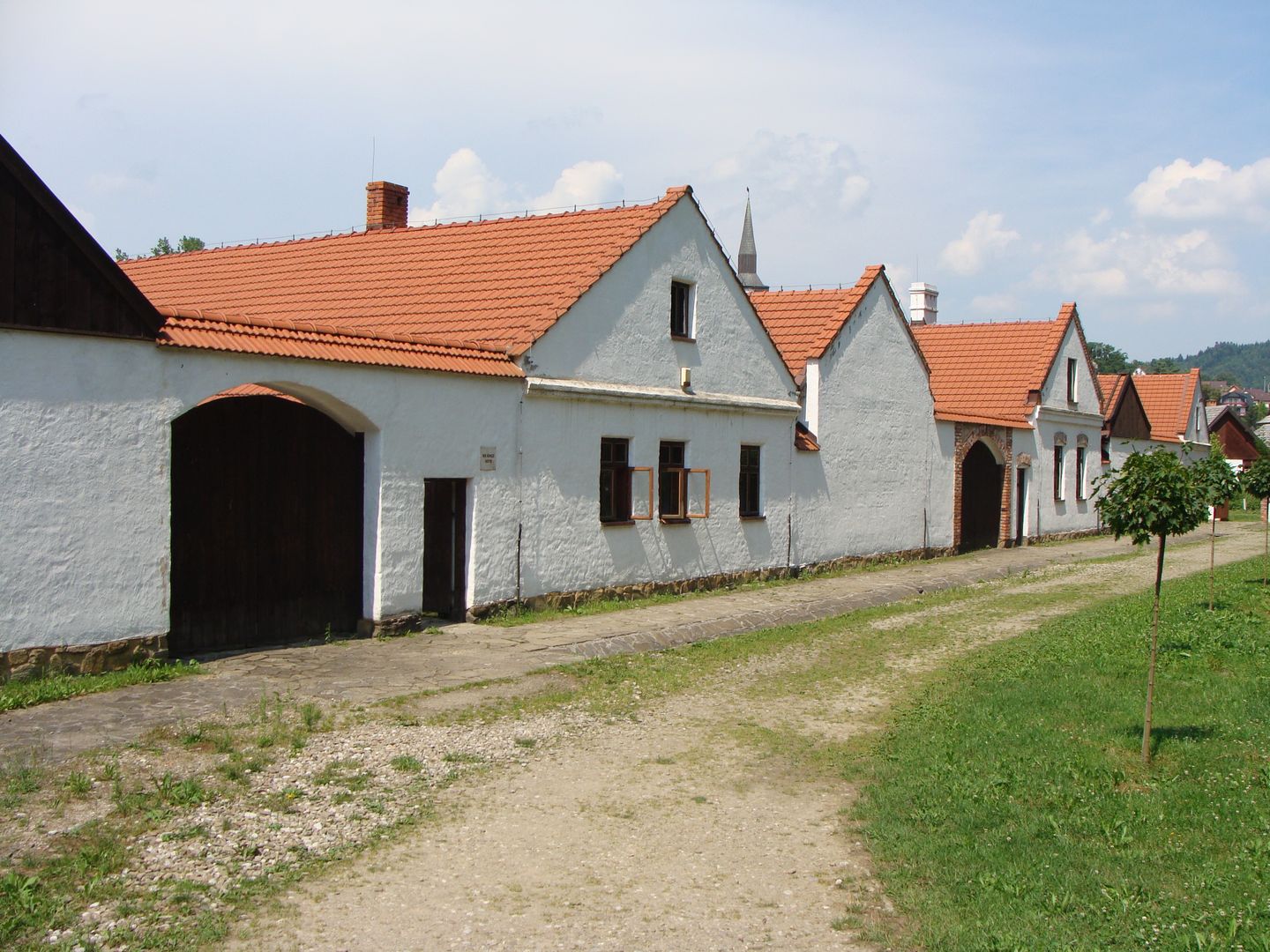Sącz Ethnographic Park
7.1

Overview
The Josephine Colonists Sector in the Sądecki Ethnographic Park illustrates the culture of German settlers who arrived in Galicia between 1781 and 1786 from central Germany under the decree of Emperor Joseph II. The settlers, mostly from the Palatinate and Hesse, emigrated in search of a better life, receiving land and financial subsidies. As a result of this colonization, settlements with distinctive architecture emerged around Nowy Sącz, differing in style from neighboring Polish villages. The sector consists of reconstructions of three masonry farmsteads from Gołkowice Dolne, and at its end stands the original Evangelical church from 1809. An interesting aspect is the Polonization of the colonists over generations and their subsequent forced resettlement due to Nazi actions, which influenced the preservation of local architecture. The park itself, covering an area of about 20 hectares, features 68 structures, including traditional peasant farmsteads, a manor house, and a Lemko Orthodox church. Artisan workshops and thematic ethnographic exhibitions are also on display. The second part of the park, the Galician Town, is a reconstruction of small-town buildings from the turn of the 19th and 20th centuries, serving as a conference and exhibition center, featuring various architectural objects such as a town hall, artisan workshops, roadside shrines, and shops. The buildings in the Galician Town were constructed between 2003 and 2011, and their architecture is based on historical models. It is worth noting that the park showcases four ethnographic groups – the Lachy Sądeckie, Pogórzanie, Sądecki Highlanders, and Lemkos – and serves as a valuable source of knowledge about regional culture and folk traditions.
Location
2025 Wizytor | All Rights Reserved